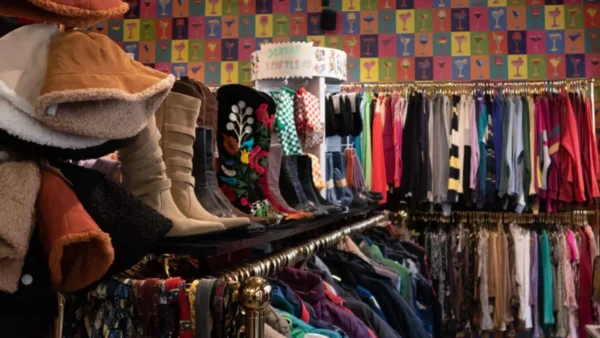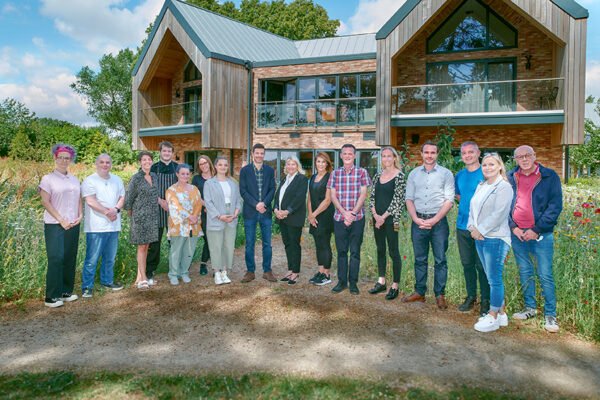Haters Will Hate But Don’t Be Afraid To Fail: You Fail Only If You Don’t Learn Something From The Experience
Peter Sims writes that the secret to being creative is overcoming fears
As a now successful entrepreneur and award-winning author, he remembers that when he first took a big risk in his career, he was haunted by a voice that told him he’d never make it.
“When I jumped off a cliff in my career to try to write a book […] I was haunted for months by a voice that had no face,” Sims writes. “It said, ‘You are not worthy…Don’t fail…No one will want to read this crap…You are a fraud!’”
“Sound familiar?” he asks.
I wanted to jump up from my desk and raise both hands.
The definition of an entrepreneur is, at its most basic, a person who takes risks during the process of organizing and managing a business. This means two things:
1. You’re going to feel afraid of failure.
2. You’re going to fail.
Sims points out that the only way anyone can become more creative is through trying things. He calls this making ‘little bets’ – decisions that might result in losses you determine you can take. Notice the key here: you have to be willing to lose sometimes – essentially, you have to be willing to fail.
“Failure’s part of this game,” a business advisor told me last month. “But, if you do it right, the knowledge you can gain through entrepreneurial failure is invaluable.”
After that conversation, I thought back on the past two years and realized that I have, indeed, failed over and over and over again. These failures have been redeemable, and helped me learn about myself and my enterprise – but they have been failures nonetheless. The only thing thats changed is my reaction: I no longer think that I am a failure because I fail.
One of my most painful failures occurred after a trip I took to Uganda over a year ago. Afterward, I posted a blog on quality control, and how difficult it was, writing that, “It’s the most disappointing thing in the world to send a woman away holding the majority of a group of necklaces she was hoping would help to feed her children.”
I wasn’t brave enough, that day. I didn’t work hard enough for quality control. I was shortsighted – and I wasn’t strong enough.
It took months for me to rectify my failure. And, I’m still in the process of dealing with some of the fallout in the village I work in. But, I would venture to say that my failure that day was one of the largest factors behind a successful rebrand and launch in 2012.
Here’s a few things I learned along the way:
1. Calculate what you can handle
I love Sim’s idea of small bets, because that’s what you do all the time as an entrepreneur – you gauge the loss of money or time or effort before doing something that might not turn out like you hope. Calculating what kind of financial, emotional, physical failure you and your enterprise or idea can afford is necessary to knowing what kind of risks you want to take.
2. If you’ve never done it before, you probably won’t do it right the first time
Buying on the ground, not to mention in a rural village, was new for me. I wasn’t prepared emotionally, mentally or practically. However, I walked out of that trip knowing how I would prepare the next time.
3. Jack in the Box
I had a soccer coach in high school that used to yell “JACK IN THE BOX!” whenever I made a bad move on the field. He was reminding me that time spent feeling bad about my failure was time that could be spent on trying to do it better the second (or third, or fourth, or twentieth) time. Get it?
4. Ask for Advice
Things changed for me when I started openly admitting my failures to people I felt were smarter than me. I learned to quickly lay out situations, pinpoint exactly what had happened and open myself up to criticism. And, I found that those who criticised me became invaluable in my learning process.
5. Make a Better Plan
If you fail well – that is, you can stop beating yourself up and start learning – you have the opportunity to move forward a far more knowledgeable person. The best thing to do with this knowledge is to create a new plan for the future.
I’d say you should start by making another little bet.















































